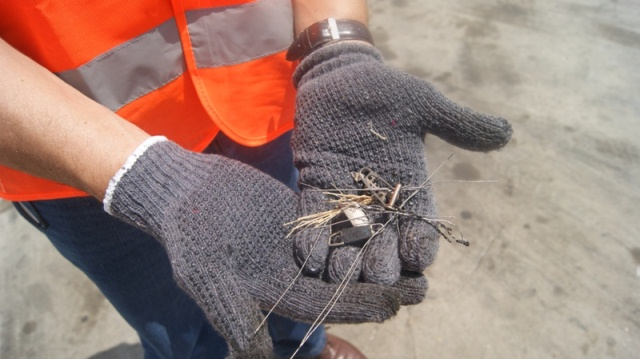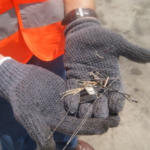Hidden Aviation Hazards: Foreign Object Debris (FOD)

Hidden Aviation Hazards: Foreign Object Debris (FOD)
In the aerospace industry there is a constant concern: the dreaded Foreign Object Debris (FOD). These small items such as pieces of metal, tools, construction debris and material debris that can wreak havoc on aircraft safety.
Such objects can be sucked into the engines, causing severe and potentially catastrophic damage or mechanical failure, endangering the lives of passengers and crew.
The difficulty in visually detecting FOD and their ability to go undetected during routine inspections contributes to their failure to be detected. This means that even a small object can have disproportionately serious consequences on the safe operation of an aircraft.

Common types of harmful and foreign object debris include
Common types of harmful and foreign object debris include
Metal debris: This category includes any metal fragments such as nuts, bolts, rivets or other loose metal objects. Metal debris poses a significant risk to aircraft engines, as ingestion of these fragments can cause engine damage, including erosion of compressor blades, damage to turbine blades or engine failure.
Construction debris: includes a variety of materials commonly found on construction sites, such as asphalt, cement, gravel or plastic materials. These objects can break loose and pose a threat to aircraft when present on airport runways or taxiways. They can cause tire punctures, engine ingestion or damage to aircraft structures if ingested or struck by the aircraft during takeoff or landing.
Natural debris: includes organic materials such as branches, leaves and bird droppings. These objects can be ingested by aircraft engines, which can cause engine damage or failure. In addition, collisions with birds, known as “bird strikes,” can cause significant damage to aircraft components, including engines, windshields and wings.
Effective FOD management is crucial to ensuring aviation safety. Airlines and regulators invest significant resources in FOD prevention and detection programs, including comprehensive runway inspections and the development of advanced detection technologies.
Ultimately, recognizing and understanding the risks associated with FOD are critical to maintaining high safety standards in the aerospace industry. By proactively addressing these hazards, the industry can continue to ensure the safety and reliability of flight worldwide.





